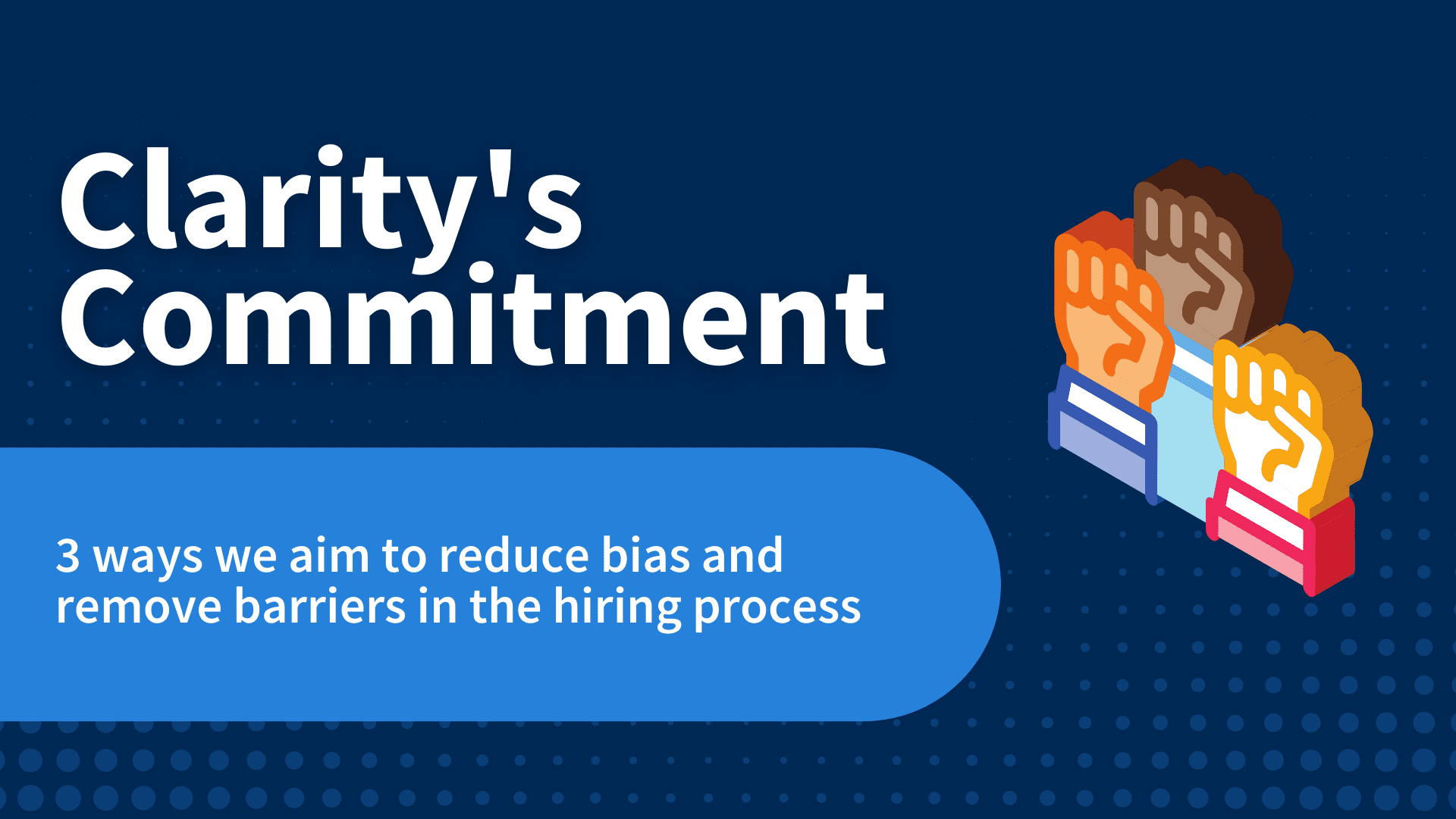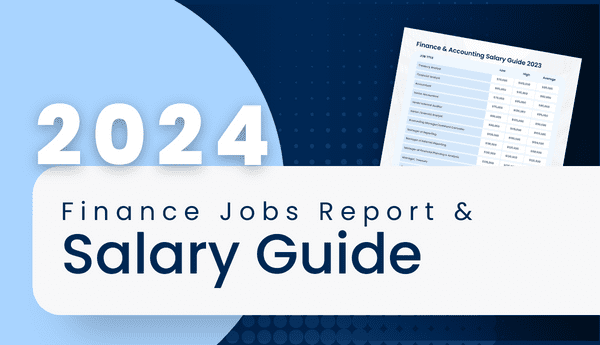Clarity Recruitment was founded with two guiding principles. The first was to make the process of hiring great talent easier for clients. The second was to decrease bias at every stage of the hiring process. At its core, it’s really one principle. We know that bias impedes good decision making and complicates the hiring process. Removing bias helps clients make better decisions and build stronger, more diverse teams. This benefits everybody. That’s why we’re committed to fighting bias and removing barriers that negatively impact equity-seeking communities.
Here’s what we’re working towards to help our clients, candidates, and team combat bias during the hiring process:
1. Creating Transparency Around Salaries
We post all of our open external roles with transparent salary information. This helps us present candidates that meet our clients’ salary expectations, but it also empowers candidates.
According to Statistics Canada, women still earn 13.3% less per hour than men. Equity-seeking and underrepresented groups are often paid less to do the same job when compared to people from more widely represented groups. Keeping salaries secret reinforces discrimination.
Salary transparency may give traditionally underpaid workers a starting point for negotiations and help close the wage gap. It can also help clients create pay equity within their organizations and reduce bias during the salary negotiation process.
2. Working to Remove Names and Personal Identifiers that Contribute to Bias
A name may tell you a lot about a person. It could indicate where somebody is from, what language they speak, or about their cultural background – it can also cause people to make erroneous and potentially harmful assumptions about who and what a person is capable of.
At Clarity, we often remove candidates’ names during the earlier stages of the recruitment process and are building proprietary software to remove other personal identifiers from our hiring process. We believe that this can help our clients focus on what’s important in the decision-making process – like skills and experience – rather than making harmful assumptions based on the candidate’s name.
3. Creating a Common Language and Process for Discussing Company Culture
For many decades, organizations and leaders spoke about the importance of cultural “fit” and about finding people that would thrive in the organization. While this intention wasn’t discriminatory, its execution was usually flawed because the baseline for fit usually meant “like us” – which is the literal antitheses of diversity and inclusion.
Today it’s widely recognized that this is the wrong way to assess culture, but still, most companies lack the tools and vocabulary to have thoughtful conversations with employees and candidates. That’s why we built Luma-Fi Teams.
Luma-Fi Teams is a tool to help organizations assess culture within their teams, as well as candidates looking to join the team. It provides a baseline and vocabulary for hiring managers and candidates to discuss behaviours and experiences that exist within the organization, and have an open dialogue about whether the environment aligns with the candidate’s needs and desires. Culture discussions become focused on personal drivers, motivations and conditions for productivity, rather than discussions about the sorority you never joined.
We also approach every interaction with every candidate with the same perspective:
1. Be honest
2. Be fair
3. Be open
Building relationships is fundamental in business, but they must all be built with integrity and respect. At Clarity, we are committed to equity and equality in our business practices, always.
Exceptional talent is everywhere, and we are committed to being an advocate for eliminating discrimination from the hiring process.




